Who is at the Unit
HQ Squadron
HQ Squadron contribute to the achievement of the 90SU Strategic Objectives by ensuring the delivery of a coherent, integrated and appropriately structured unit and by preparing the unit for Expeditionary Operations by encouraging a culture of high-performance across the unit.
Commanded by 90SU Chief of Staff (COS), it is administered by Officer Commanding HQ Squadron and consists of; the Deputy Chief of Staff, Human Resources, Comms 1 (crypto storage and R&D), Assurance, Operational Conversion Unit, Plans/Eng Ops/Battlespace Spectrum Management/Service Design, Strategic Plans, Resource Support and Logistics Support Flight.
Tactical Communications Wing
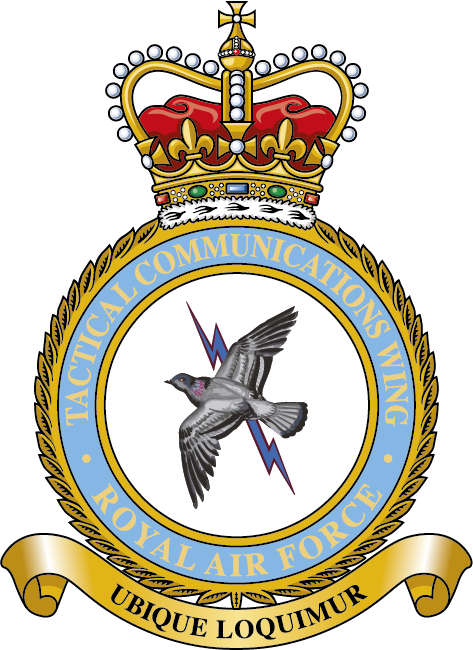
Tactical Communications Wing (TCW) is the expeditionary arm of 90SU and generates Force Elements @Readiness (FE@R) to enable Information Advantage for Air’s deployed operational commanders. Its deployable capabilities cover a scalable range of High Readiness Teams for short duration, pulsed activity through to the larger and longer-term Air Deployed Operating Base enablers. Inherent within this is the ability to: establish deployed communications network infrastructures; enable Air’s operational information services and core command and control functions; and defend Air’s cyberspace to assure the digital backbone of Air operations. TCW’s support to Airpower projection is dependent on the UK fixed operational support provided by Air’s Cyber and Information Services Operations Centre (CyISOC). TCW comprises 1 (ES) and, 2 (FC) and 3 (FC) Squadrons.
TCW has been in existence for over 50 years and originates from the lessons identified in the ill-fated 1956 Suez Crisis. Many lessons were learnt as a direct result of the intervention, one of which became the need to provide deployable support to expeditionary air operations. As a consequence, 38 Group Support Unit was formed in 1962, based at RAF Odiham. However, it soon became apparent that communications were a significant support task and in 1965, No. 50 Tactical Signals Unit was formed, subsuming the communications support provided from within 38 Group Support Unit.
The Wing, as it was affectionately known, and its commitments continued to grow, and in 1967 it was renamed the Tactical Signals Wing. It gained its present name in 1969 following a move to RAF Benson and then in 1976 moved to RAF Brize Norton. TCW then made a further move in 2008 to its present home at RAF Leeming. TCW has been involved in all the RAF's major military operations since 1969 and currently has teams of personnel deployed around the world.
The TCW crest, a Rock Dove, the ancient ancestor of the carrier pigeon, and the lightning bolt, a symbol synonymous with communications in the RAF, is underpinned by the motto, "Ubique Loquimur" or "We Speak Everywhere."
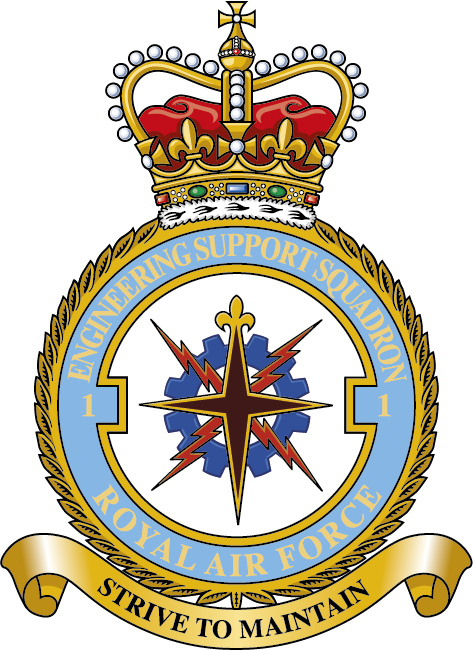
No. 1 Engineering Support Squadron
No.1 (ES) Squadron provides CIS Infrastructure Management and Project Management through 90SU’s centrally held @Readiness and Regional teams; engineering depth support; and the provision, spectrum management and support of radios across Air.
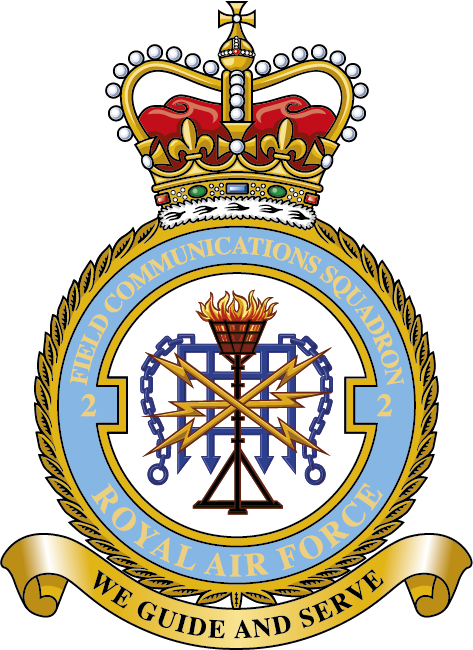
No. 2 (Field Communications) Squadron
No. 2 (FC) Squadron, one of two Field Communications Squadrons within TCW, provides the Royal Air Force and the Joint community with the communications and information systems required to enable deployed operations. The FC Squadrons enable the full range of Air’s functions including Command and Control, Combat Air, ISTAR, Full Spectrum Effects, Air Mobility, Engineering, and Medical services. The degree of support ranges from 1-2 person High Readiness Teams (HRT) for rapid response and early entry through to a fully Deployed Operating Base.
No. 2 (FC) Squadron’s mission is to provide Force Elements at Readiness to allow 90SU to meet its Mission.
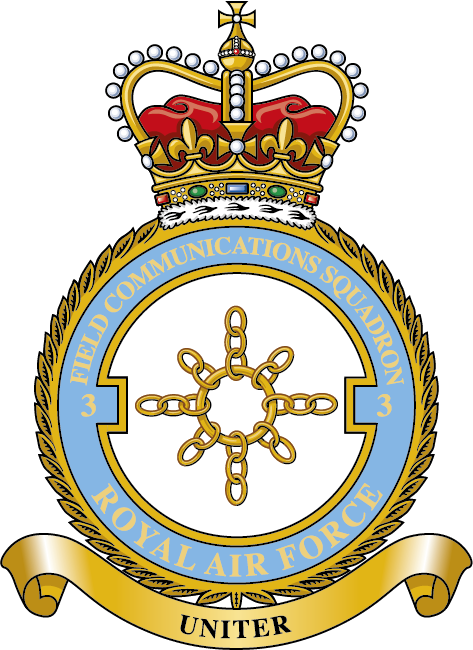
No. 3 (Field Communications) Squadron
No. 3 (FC) Squadron is one of two Field Communications Squadrons within TCW, providing the Royal Air Force and the Joint community with the communications and information systems required to enable deployed operations. The FC Squadrons enable the full range of Air’s functions including Command and Control, Combat Air, ISTAR, Full Spectrum Effects, Air Mobility, Engineering, and Medical services. The degree of support ranges from deployed Air Headquarters through to fully Deployed Operating Bases.
No. 3 (FC) Squadron’s mission is to provide Force Elements at Readiness to allow 90SU to meet its Mission.
Operational Information Services Wing
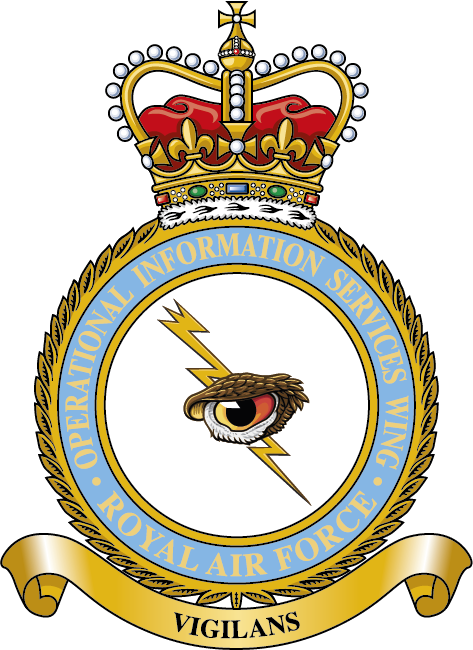
Operational Information Services Wing (OpISW) is one of two Wings under 90SU. It was formed on 1 April 2006 as Force Generation Wing, and since renaming to OpISW on 1 April 2016 has made significant innovative technological advances and continues to contribute directly to operational output in the UK and overseas.
OpISW has the lead for capability and innovation of applications and information and communication services whilst continuing to provide depth support to the 90SU Force Elements at Readiness (FE@R). OpISW is also responsible for delivering the RAF’s CyISOC, coordinating cyberspace activity across the RAF, defending against internal and external cyber threats and managing and maintaining operationally essential information services and supporting networks to the RAF, in the UK and on operations overseas. OpISW comprises of the following Squadrons and Unit:
No. 4 (Capability and Innovation) Squadron
No. 4 (C&I) Squadron consists of Application eXploitation (AX) Flight (Flt), Capability, Support and Exploit (CSE) Flt and Rapid Application Integration and Development (RAID) Flt. The Squadron provides technical support to interoperability, delivery of new concepts and the integration and exploitation of Communication, Information Systems (CIS). It provides specialist technical software support and bespoke digital solutions across Air and enables assured CIS services by graduating new innovative capabilities and delivering through life support of equipment to 90SU.
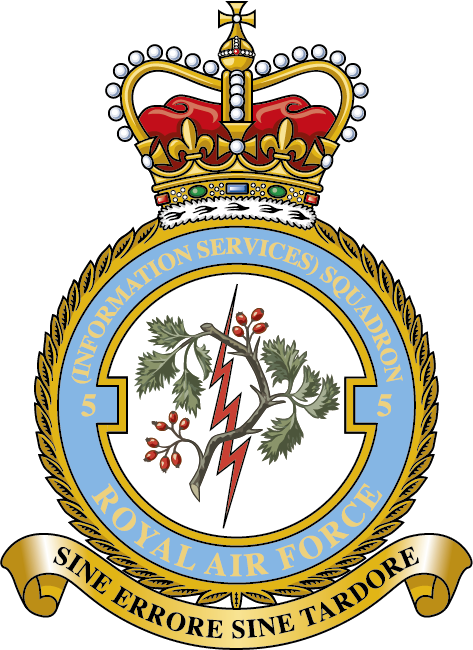
No. 5 (Information Services) Squadron
No. 5 (IS) Squadron is a key element of the Air Cyber and Information Services Operations Centre (CyISOC). The CyISOC’s mission is to operate and defend Air Information Services in order to enable and protect Air Information Advantage. No 5 (IS) Squadron specifically delivers the CyISOC Network Operations Centre, providing 24/7/365 Network Operations; supporting Air Communication and Information Systems in both the fixed and deployed environment. No 5 (IS) Squadron is also charged with preparing, deploying, sustaining, assuring and recovering fixed and deployable Information Systems at the UK SECRET, NATO/MISSION SECRET domains, in support of 90SU, Air and wider Defence.
.png)
591 Signals Unit
591 Signals Unit formed in June 1952 and has been continuously supporting Operations with technical security expertise ever since. Today it is the RAF’s Defensive Cyber Air Combat Service Support Unit. Transferred under the organisation of 90SU in January 2016, it forms the Defensive Cyber Operations (DCO) arm of the Air CyISOC.
It supports the cyber resilience of UK air power by delivering intelligence-led defensive cyber operations capability to provide Information Assurance, help identify and mitigate Air’s cyber vulnerabilities, and by maintaining Force Elements at Readiness (FE@R) to respond to cyber incidents worldwide.
History
In 1940, No 26 (Signals) Group was formed to handle worldwide communications to support the increasing reliance on electronic communications in warfare. The Group was revolutionary for its time, and its role can be compared to today’s Tactical Communications Wing (which is now part of No 90 Signals Unit), albeit No 26 (Signals) Group had less emphasis on deployed operations. Later that year, No 60 Group was created, bringing Radar stations under Royal Air Force control and administration, a task now fulfilled in the deployed environment by No 1 (Expeditionary Radar and Airfield) Squadron, which is one of the 5 squadrons that form the Tactical Communications Wing. No 60 Group became responsible for "Gee"1 and "Oboe"2, the principle wartime navigation and bombing aids. On 7 October 1940, No 80 Wing became the first Royal Air Force electronic warfare unit and was tasked with spoiling the enemy bombing aids. No 100 Group was established soon afterwards, with the duty of deceiving German radio and radar defence services.
1946 saw the formation of 90 (Signals) Group, bringing together all the above functions under one central control. Twelve years later, on 3 November 1958, 90 (Signals) Group was raised to Command status under the command of Air Vice Marshal Dalton-Morris. Signals Command became responsible for Radio Engineering, Electronic Warfare, Telecommunications, Radar Defence Services and the calibration, operation and maintenance of Navigational Aids. Signals Command had some 38 stations and 8000 personnel, which is in stark contrast to today’s No 90 Signals Unit, which covers the majority of the task associated Signals Command, albeit in the expeditionary environment with just over 900 personnel.
Signals Command proved to be a relatively short-lived Command and was disbanded on 31 December 1968 after just 10-years and 5 Commanders in Chief. No 90 (Signals) Group was resurrected on 1 January 1969 to assume the role of the disbanded Command. It was placed under the direct control of Strike Command, as No 90 Signals Unit is today, indicating the significance of communications as an operational enabler. However, No 90 (Signals) Group was passed to Maintenance Command on 1 May 1972 and was finally disbanded on 31 August 1973 when Support Command absorbed its functions.
On 1 April 2006 No 90 Signals Unit was formed under the command of a Group Captain. The Unit was created to bring together in one organisation 3 separate communications Air Combat Service Support Units in a similar way to the formation of 90 (Signals) Group in 1946.
1. “GEE” was a RAF navigation system that evolved during World War II. The system subsequently remained in service until 1970. GEE was the first serious attempt to provide navigators with a rapid means of determination of position, and seldom has any one invention so faithfully and quickly satisfied the requirements for which it was developed.
2. The "Oboe" blind-bombing system was used by Bomber Command's Pathfinder Force to achieve unparalleled bombing accuracies. It was a ground-controlled radar system, in which one station indicated the track to be followed and another controlled the bomb release point.


